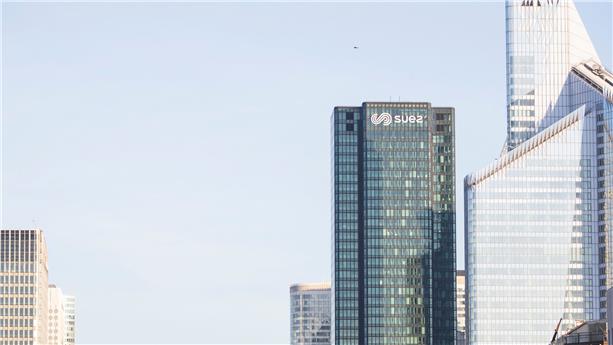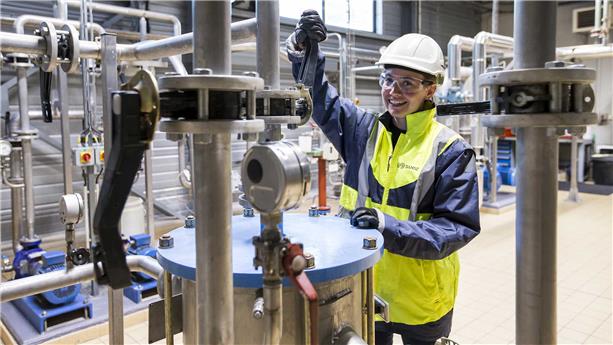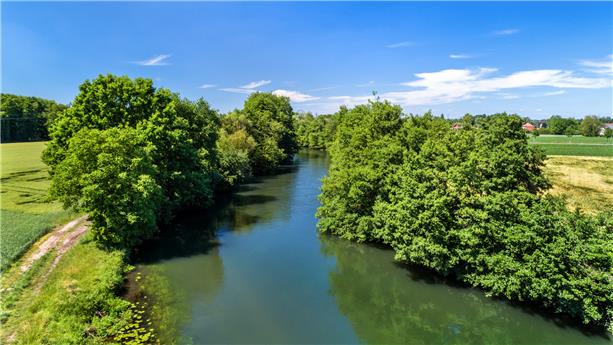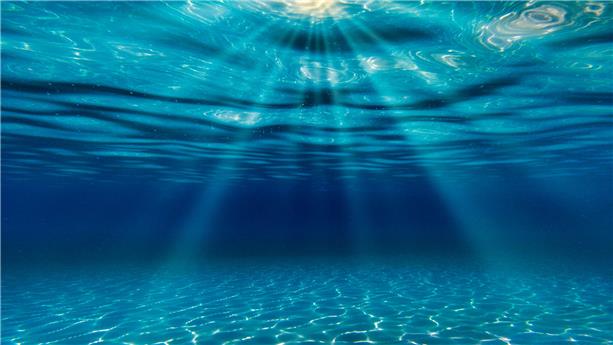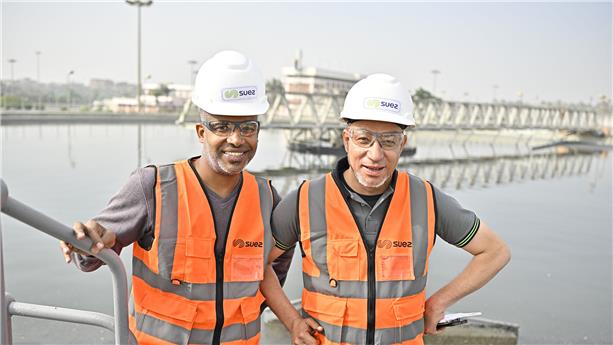
Preserve and save our water resources
Our teams have expertise in the entire water cycle, whether we are talking about drinking water, wastewater or aquatic environments. We have many water treatment and sanitation specialists.
Anchored in the heart of the territories, they have a detailed knowledge of local issues and problems, to provide you with tailor-made answers and solutions.
Through our long history of building networks, delivering tap water to every household and monitoring the consumptions through meters, we have forged a knowledge that we know apply for you, to help you and your users to have the best resource management possible. Our committed teams are keen to help every customer on its path to sustainable water services.
Water management is key for the future and addressing this issue means taking into account all the stages of the water cycle.Michael Colson , Director France SUEZ Consulting
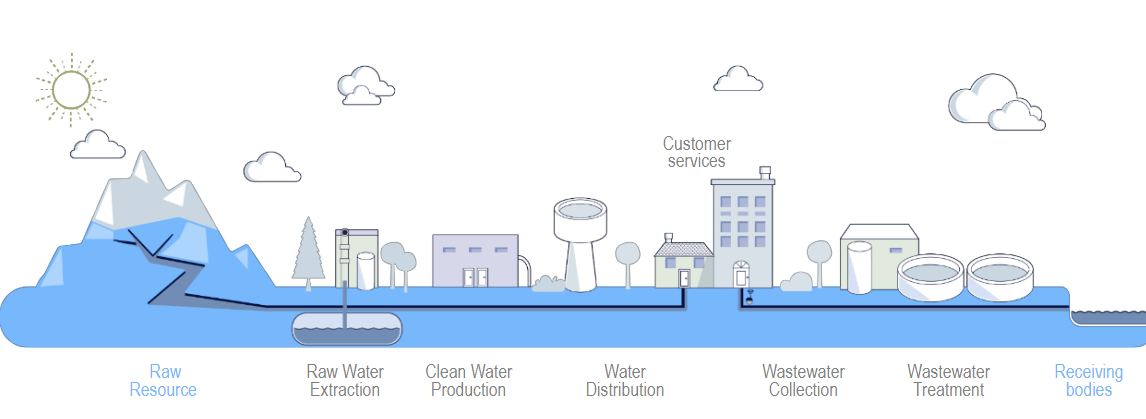
Our inspiring stories
Anticipate the distribution and changes in our water uses in the Grand Est Region (France)
In 2020, the Grand Est Region initiated a prospective study on the quantitative state of water resources in its territory for the 2030, 2050, 2070 and 2100 horizons.
The aim is to anticipate imbalances in the availability of water resources in the territory in order to adapt uses and thus limit the impacts of current and future drought episodes.
Faced with these challenges, our experts are working alongside the Region to carry out a quantitative analysis of the state of the regional resource and risk areas with missions to:
- Characterisation of the resource and definition of homogeneous sectors, hydrological and hydrogeological entities coherent from the point of view of the water resource
- Analysis of the adequacy between surface/underground resources and needs: drinking water supply, industry, agriculture, energy (hydroelectric dams, cooling of power plants)
- Diagnosis of the quantitative status over the period 2000-2019 and over the horizons 2050 and 2100
- Identification of 13 areas of concern on which to deepen the diagnoses, including 2 control areas that are not under strong pressure, but have sensitive natural environments
A major study alongside the Region presented at the 101st congress of Astee - Scientific and Technical Association for Water and the Environment.
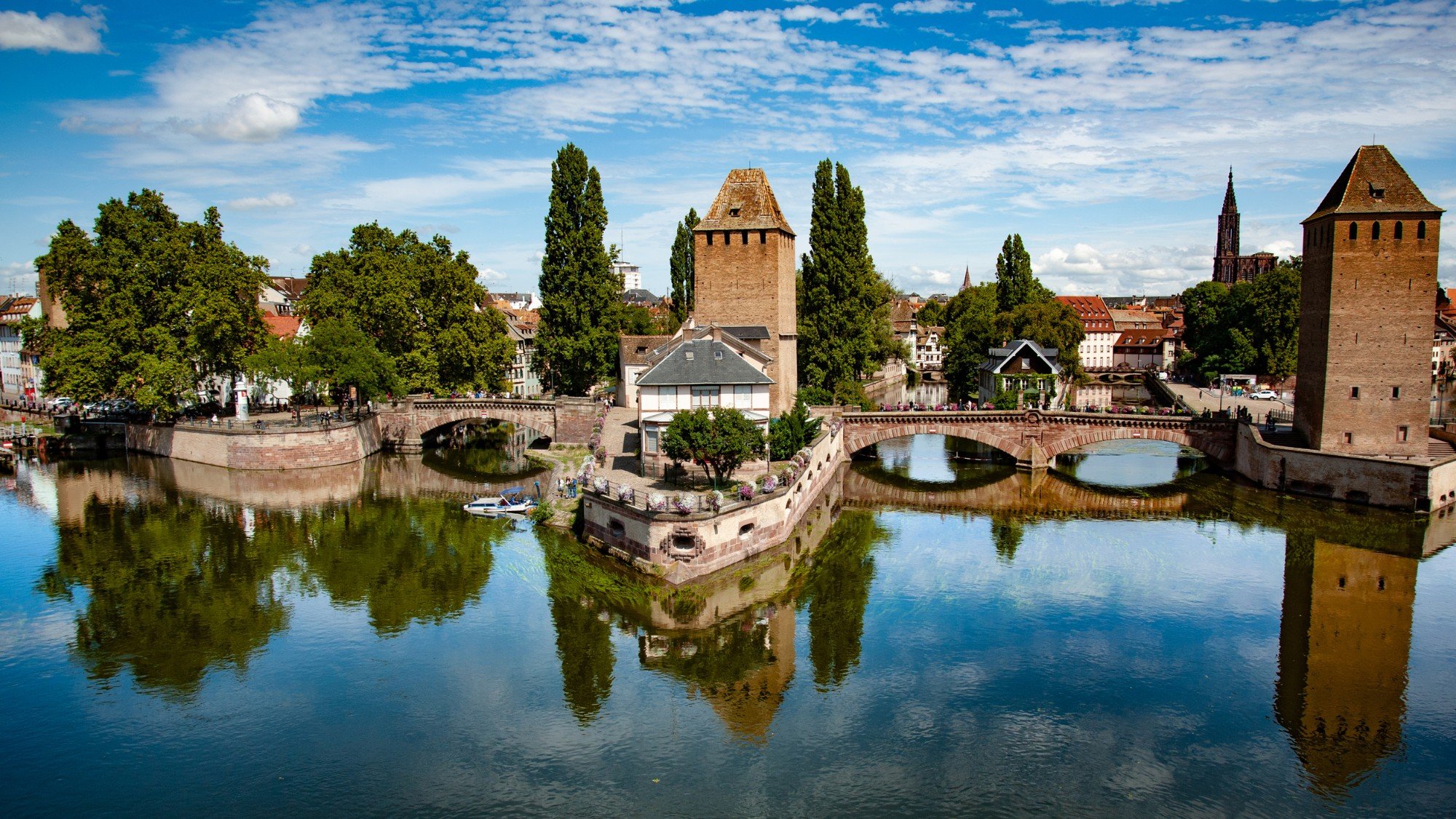
A dam to support local agriculture in Guadeloupe
Since 2006, our teams have been working on the construction of the Moreau dam, an earthen structure with 500,000 m³ of embankment in the commune of Goyave, east of Basse-Terre, in Guadeloupe.
After several years of feasibility studies of the project and its impact on the environment, its construction began in 2014. By combining geological, geotechnical and environmental skills, a 255-metre-long and 27-metre-high dike made of clay and sand will provide the water needed for Basse-Terre's agricultural production in times of drought, by storing 1,000,000 m³ of water.
This dam is key to regulating the waterways, storing water for the supply of drinking water to the inhabitants, irrigating crops, fighting fires, and developing the region's recreational activities.
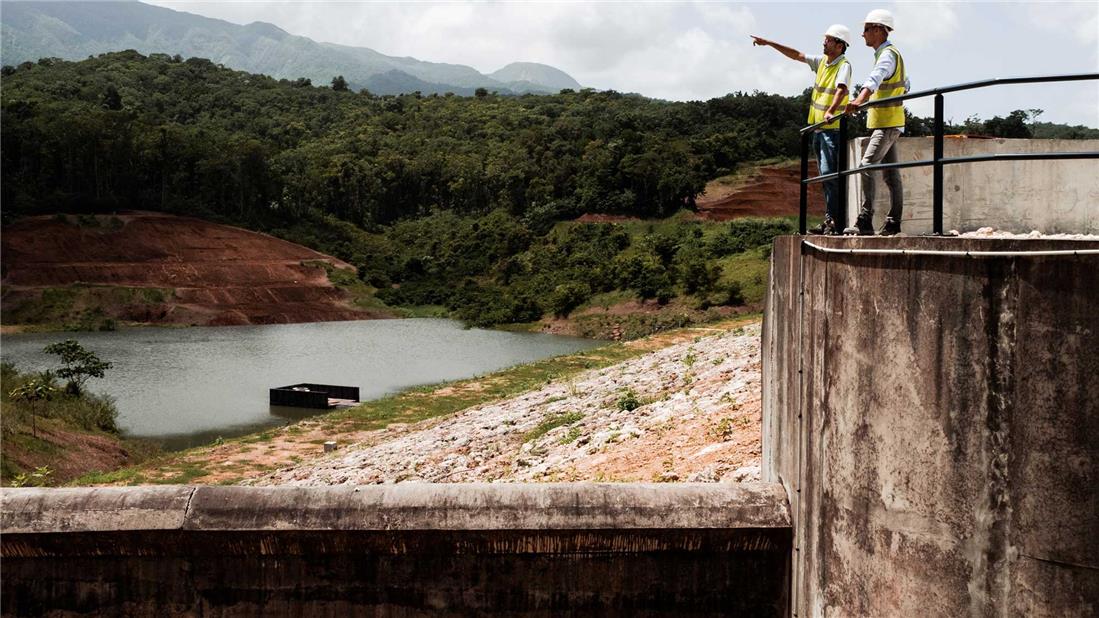
Frequently Asked Questions
There are many solutions around the world to fight against water scarcity:
Efficient water management: Improving water use efficiency for the lowest possible consumption through innovative agricultural practices, advanced irrigation technologies and efficient water distribution systems.
Water conservation: Encourage measures such as repairing leaks, installing water-saving devices (e.g. in taps or showers) and promoting responsible consumption behaviour.
Rainwater catchment: Collecting and storing rainwater for later use in irrigation, domestic or industrial water supply, promoting its infiltration.
Wastewater recycling: Design wastewater recycling systems to reuse treated water in non-potable applications such as irrigation or industrial uses, where possible.
Groundwater recharge: promoting groundwater recharge to make water available at the right times.
Watershed management: Adopt an integrated approach to watershed management to ensure equitable distribution of water among different users while preserving aquatic ecosystems.
The use of desalination technologies: Invest in desalination technologies to convert seawater into fresh water and then into drinking water.
Our experts support you in defining global strategies for sustainable and resilient development.
Whether you are a local authority or an industrial company, we co-construct your climate, air and energy strategies and roadmaps through 4 main steps:
- Climate, air and energy diagnosis to identify the main issues to be addressed: GHG emissions assessment, analysis of renewable energy potential, identification of vulnerabilities to climate change, life cycle analyses, etc.
- Development of a strategy to reduce the carbon and environmental footprint
- Definition of the tailor-made action plane: with in-depth expertise in key areas such as the diagnosis and recovery of waste heat and industrial energy systems, the optimisation of the supply chain, the deployment of mobility plans, the development of training and awareness raising for stakeholders, etc.
- Activation of green finance tools for the financing of actions: financial operations and tools in favour of the ecological transition and the fight against climate change.
We provide you with our specific know-how dedicated to carbon credit certification, eligibility and impact studies of regulatory mechanisms for carbon taxation and finance, etc.
